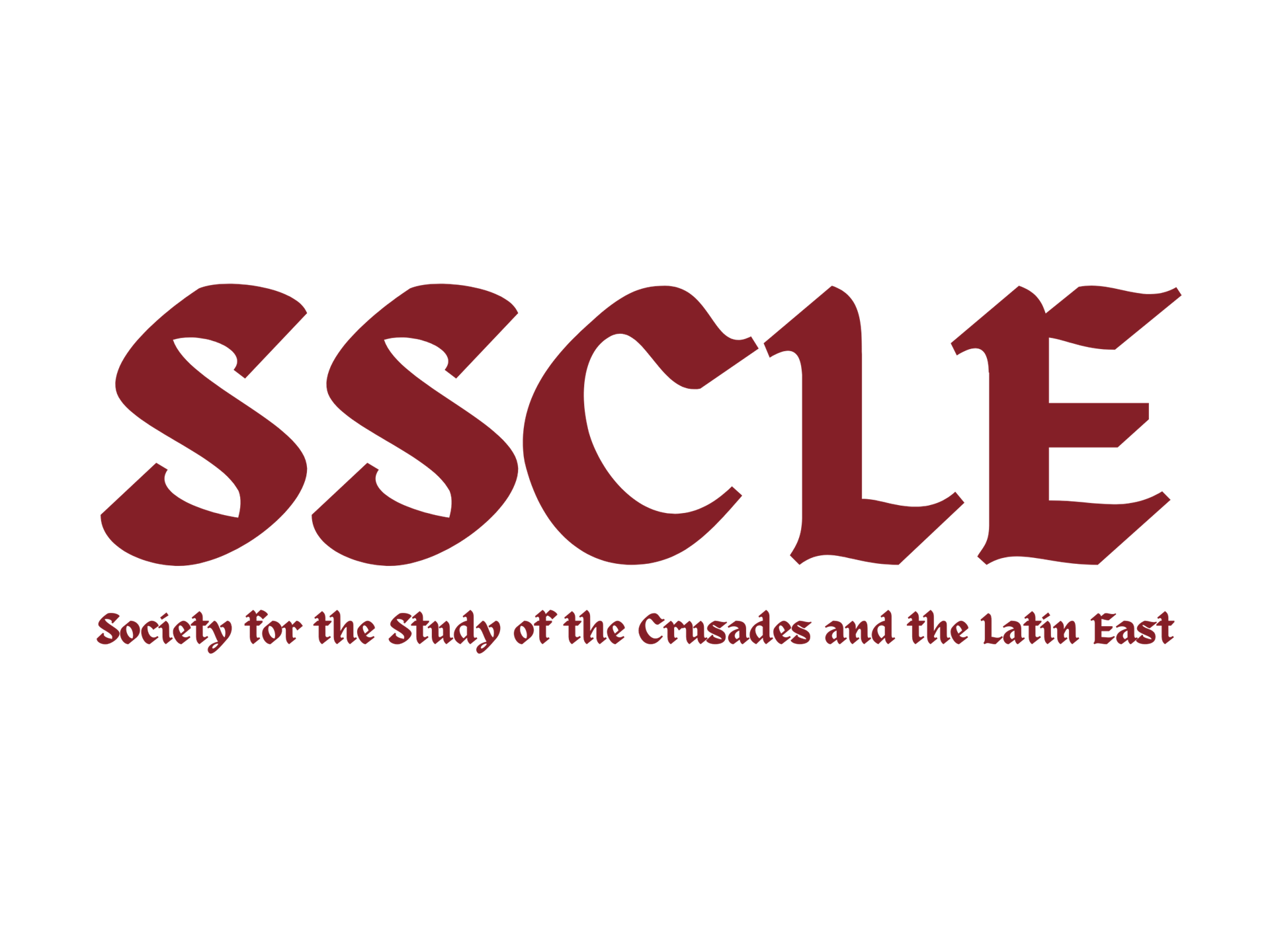The Society for the Study of the Crusades and the Latin East promotes archaeological research, aims at increasing the awareness of ongoing archaeological research of the Crusader period and encourages the collaboration of members and institutions in surveys and excavations. Interested parties will find on this page a number of entries about the various projects in which members of the Society for the Study of the Crusades and the Latin East are participating or principal investigators.
